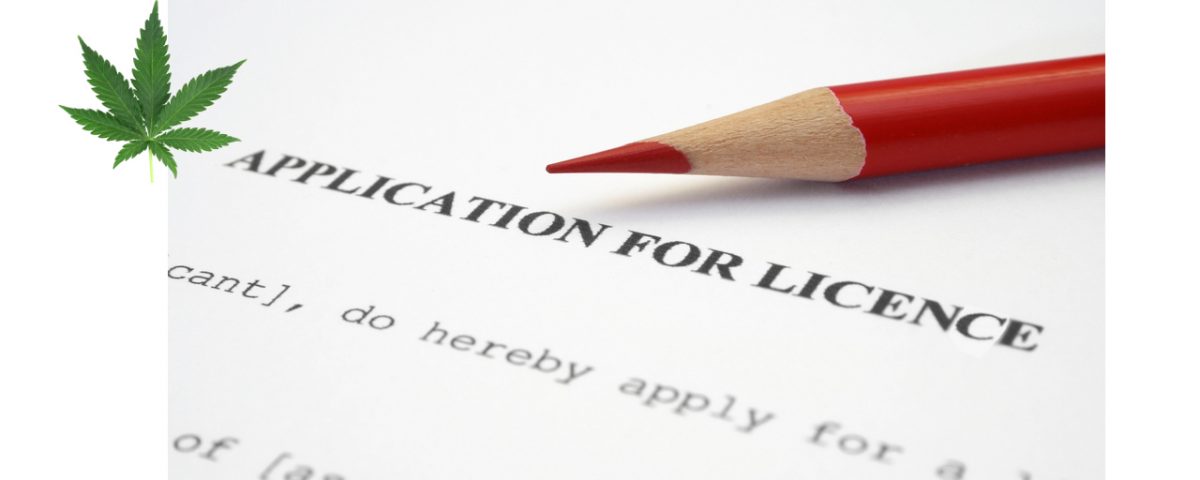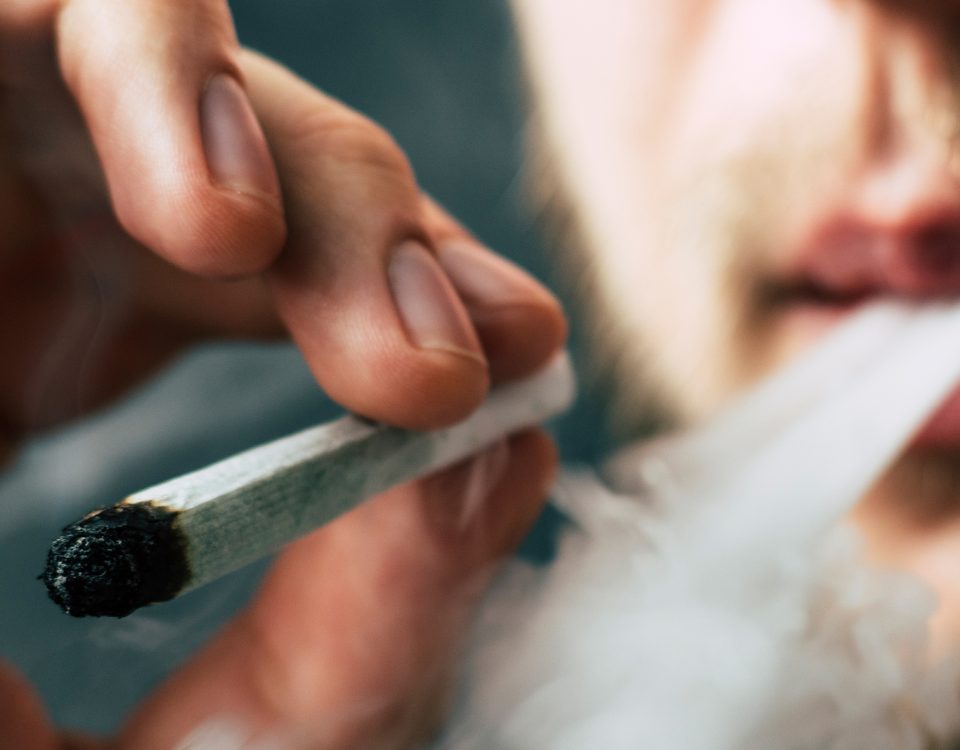- Have any questions?
- 1-833-226-2776
- info@pipedreemz.org
Cannabis Licensing Application Guide

The Queen of Cannabis Cheryl Shuman Hangs with the PipeDreemz Team at Lift Expo
June 13, 2018
When Disaster Strikes
July 27, 2018Cannabis Licensing Application Guide

The Cannabis Act has been passed, and it will become legal to purchase and use cannabis for recreational purposes as of October 17, 2018. Those who wish to legally cultivate and sell cannabis in Canada still have to obtain a licence. Otherwise, they are subject to legal penalties, including being sentenced to up to 14 years in jail.
The Cannabis Licensing Application allows interested parties to apply for a licence to cultivate, process, test, research, and sell cannabis (for medicinal or recreational purposes).
In order to fully understand the licensing application, it’s necessary to know the legal definitions of a few key terms.
- Key Definitions
Cannabis Tracking and Licensing System (CTLS) – This system is used to track the movement of cannabis, and it is also how interested parties can apply to Health Canada for a cannabis licence.
Key Investor – Anyone who provides services, good, or money to the licence holder or anyone who holds an ownership interest in the licence holder’s business.
Security Clearance – Refer to the Cannabis Regulations for more details on the exact security clearance you’ll need to run a cannabis related business.
Other terms you’ll want to familiarize yourself with include: Local Government, Organizational Security Plan (OSP), Organizational Chart, and Site.
- Application Requirements
Knowledge Areas
You must become knowledgeable about several things to properly fill out a Cannabis Licensing Application. Be prepared to study the following:
- The Cannabis Act and all applicable regulations.
- Other Federal Regulations and Acts such as applicable sections of the Food and Drugs Act, the Fertilizer Act, the Pest Control Products Act, etc.
- The Canada Revenue Agency
- Municipal By-Laws and all applicable Territorial or Provincial Regulations and Legislation
- The Cannabis Tracking and Licensing System (CTLS)
- The Licensing Application Requirements and Process (included below)
- Additional Health Canada guidance about topics including labelling, packaging, and promotions.
Determine Your Licence Type
There are five categories to consider. If you’re unsure which one is correct for you, be sure to consult with Health Canada and the Cannabis Act.
You can apply for any of the following if you fulfill the requirements.
- Growers – Standard Cultivation, Micro-Cultivation, Nursery
- Manufacturers – Standard Processing, Micro-Processing
- Medicinal Sellers – Sale for Medical Purposes
- Testing Cannabis – Analytical Testing
- Researching Cannabis – Research
Create a CTLS Account
You’ll need an account with CTLS to file your application. Visit the Health Canada website to read the CTLS Getting Started guide before you apply.
Have Everyone Else Involved Create a CTLS Account
Make sure every person who is legally required to create a CTLS account does the same thing.
Remember: many people may be associated with a licence, including Directors, Officers, Partners, Individual Licence Holder, Responsible Person, Head of Security, Master Grower, Quality Assurance Person, Head of Laboratory, and any individual, corporation, partnership, or cooperative that has any direct control over the main applicant. All of these people need a CTLS account.
Create a Corporate Profile (if necessary)
Now that everyone has their own CTLS account, you’ll need to create a corporate profile if you’re applying with a partnership, cooperative, or corporation. Gather these details before starting:
- The organization’s full legal name.
- The incorporation number.
- Contact details and the business address.
- The account ID for each controlling organization (if applicable)
- Your partnership agreement or certificate of incorporation.
- An organizational chart.
- A list of organization personnel.
- Creating an Application
To create your application, you’ll need to be prepared to report details according to your licence type.
Cultivation, Processing, and Sale for Medical Purposes
- Proposed Licence Holder (Individual or Organization)
- Mailing Address (for receiving the licence; must be in Canada)
- The Licence Class and Subclass You’re Applying For
- Site Details – Site address, site survey, aerial view, and the name of each outdoor area, room, and building
Analytical Testing
- Complete Site Address
- Analytical Processes to be Conducted
Research
- Complete Site Address
- Research Grant
- Cultivation
- Synthesis of Cannabis
- Additional Sites (if applicable)
- Type of Research
- Research Protocol
- FDA Authorization for all Applicable In Vivo Animal Studies
- No Objection Letter (NOL) for Clinical Trials
Site Personnel Details
You must provide a list of all applicable site personnel. Depending on their position, there are numerous details you must divulge for each person. Each applicable personnel member must meet certain requirements to be considered. Failure to meet these requirements could cause the application to be denied.
Health Canada offers a comprehensive list of every requirement per position. Be aware that the Quality Assurance Person and the Head of Laboratory have some of the most stringent requirements.
Site Ownership
Just like the site personnel, people with site ownership must send in documentation to prove their eligibility. Be sure to link the applicable CTSL account ID to the site owner. If the applicant doesn’t own the site, they must include a Site Owner Consent Form.
- Notice to Local Authorities
You cannot file your application until you’ve written and submitted a proposal to the local authorities who oversee the proposed site. This notice must be given to a senior official of:
- Local government
- Local fire authority
- Local police force or Royal Canadian Mounted Police
The notice must include the Applicant’s Name, the Expected Application Date, Class/Subclass of Licence, and the Site Address.
- Security Requirements
Each applicable business must put together these components:
- Physical Security Plan – Site plan, building floor plan(s), and storage area(s) floor plan(s).
- Business Model
- Organizational Security Plan – Head of Security, site organizational chart, list of key individuals (and their security status), Cannabis Tracking and Record Keeping, security awareness and training, Standard Operations Procedures (SOPs), other security methods, and approval.
- Responsible Person
6.Good Production Practices
A Good Production Practices report must be included, and it must show how the licence holder/organization plans to meet the GPP requirements. If you’re applying for a cultivation licence, you’ll also need to include the Starting Materials Authorized Quantities.
- Record Keeping and Reporting
Every license type requires fastidious record keeping and reporting that strictly adheres to the legal requirements. These details must be included:
- Your record keeping method.
- Examples of your record keeping method.
- Copy of your government issued identification (for the analytical testing or research licence).
- Key investor reports (for cultivation, sale for medical purposes, or processing licence).
- Submitting Your Application
Once you have everything together, you can submit your application. The final steps during this process are deciding whether or not to self-identify as indigenous affiliated and electronically filling out the Declarations and Attestations.
If your application licence is successfully submitted, it will move to the ‘submitted licence applications’ section in your CTLS account. If you need to correspond about this application with Health Canada, be sure to include the listed Licence Application ID.
The Process After Submission
It may take a while to hear back about your application. There are many steps that must be taken to review and either approve or deny each application.
- Application Screening
- Review and Security Clearance
- Pre-Licensing and Approval
- Issuance of Licence
Administrative Procedures
Application Clarifications – You may hear back from Health Canada with a request for new information or for something in your application to be clarified. If this happens, respond quickly and thoroughly. Otherwise, Health Canada may declare that you’ve withdrawn your application.
Licence Refusals – Health Canada also has the right to refuse your licence request. If you receive an Intent to Refuse notice, you’ll usually get 30 days to respond. Once you get the Notice of Refusal, your application and file have been officially closed out. You will need to start all over if you feel this has happened in error.
Changes to an Application – You are unable to make changes to your application once it has been submitted. If a change is needed, contact HC.licensing-cannabis-licences.SC@canada.ca. You must use the subject line to let them know what type of correspondence you’re sending, along with your File ID and your name.
Note that any other questions regarding the Cannabis Act can be directed to cannabis@canada.ca.

